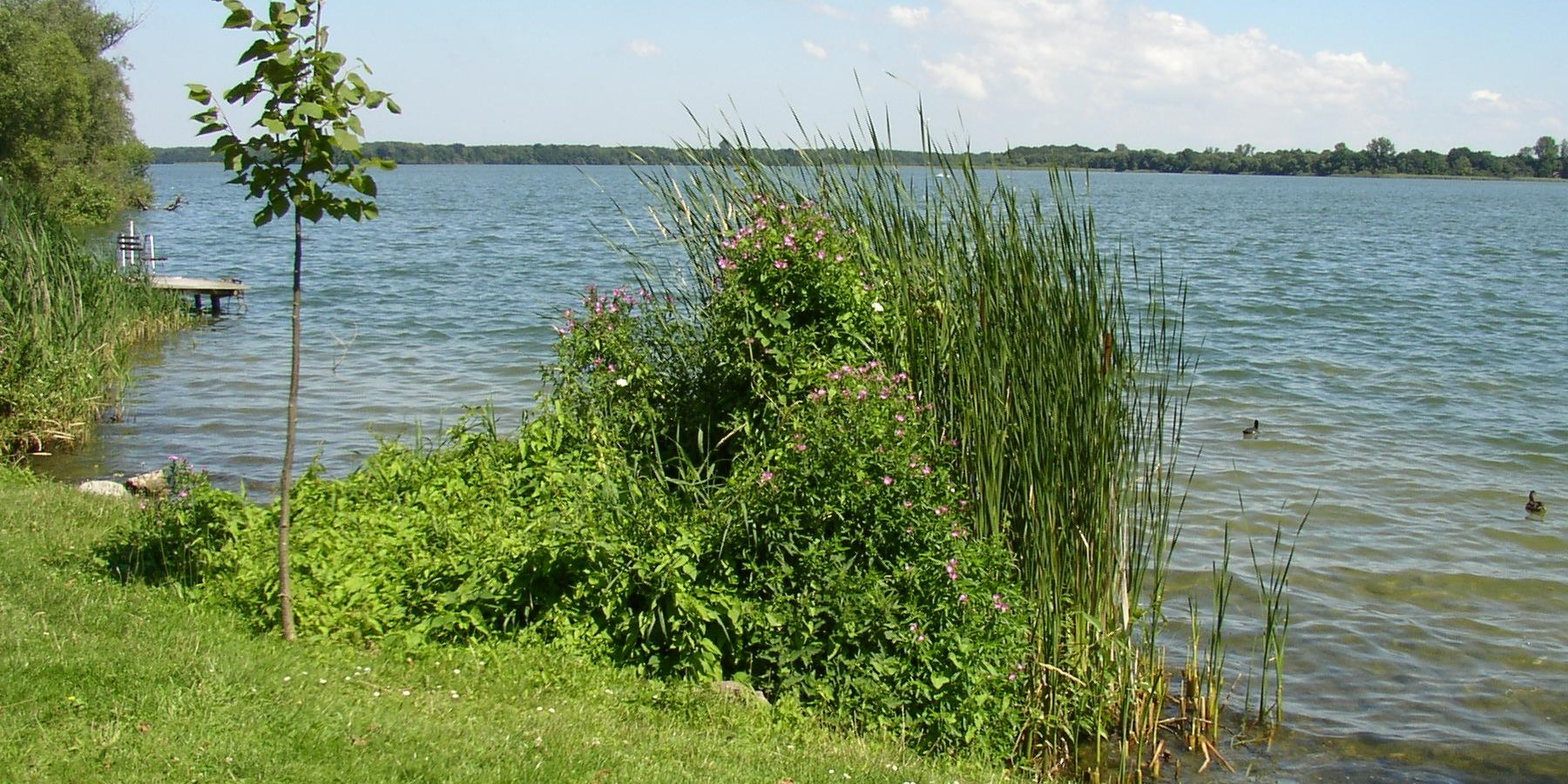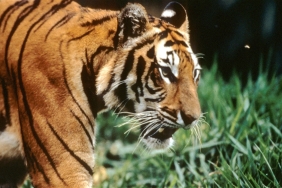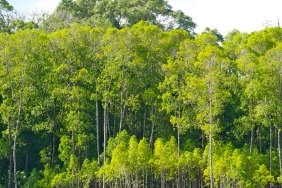THE NATURE PARK AT SCHAALSEE, GERMANY
The nature park at Schaalsee stretches from Zarrentin to Ratzeburg and is unique in Central Europe; it displays the typical harmony and life of a fell landscape formed by glaciers and melt waters during the last Ice Age.The Schaalsse is the deepest lake, at 72m., in North Germany and is home to some of the last wild great marane fish. The thinly populated region supports a rich variety of flora and fauna.
The Schaalsee landscape comprises vast lakes formed by a meltwater system in the last Ice Age, forests and raised, intermediate and lowland bogs. The lakes are largely nutrient-poor and the Schaalsee lake itself is one of Germany’s biggest freshwater lakes. Its banks enjoy well-developed landing zones (common reed, sedge and carr woodlands).
The adjoining, heavily populated moraine landscape is characterised by large-scale, near-natural forests, mires, grassland lowlands and old meadow landscapes. The area is traditionally a breeding and resting ground for rare swamp and aquatic birds like the Eurasian crane and the osprey (but also cormorants, sea eagles and several species of goose). It also provides a habitat for the otter and for many threatened plant species like the fen orchid, flea sedge, Rannoch rush and various marsh orchids.
This lakeland landscape with the Schaalsee at its core will be conserved, optimised and secured for the longer term, both in its complexity and its near-natural status. Priority will be given to natural development of what is still a largely natural habitat and to removing non-natural elements and human disturbances. The landscape around Groß Salitz and Schoenwolde is also unusual. The ridges here were thrown up during the the last Ice Age and look almost like dams, known in Scandinavian as ""Oser"", and are quite rare in North Germany.
People too have been settled here for the last 1.000 years and have also shaped the landscape with their farming and husbandry. Ornate farmhouses, imposing manors and old churches are witness to the prosperity of earlier generations. One valuable cultural heritage is the charming hedgerow landscape around Techin, with the remains of woods, bogs and wetlands which was shaped by farmers in the 18th. century.
Hikers and nature lovers alike will find interesting touring here, for instance along the nature trail an to the Neuenkirchner Seenrinne which runs parallel to the Schaalsee. The trail begins at the church in Neuenkirchen. It is 3 km. long and has four stops; it ends at a viewpoint on Lake Boissow.
The nature park at Schaalsee lies on the former inner German border. A walk on the Strangen Peninsula and the Kirchensee will impress on you just how formerly populated regions are taken over again by nature. There is a superb view from the churchyard in Lassahn over the Lassahner part of the Schaalsee with the Isles of Stintenburg and Kampenwerder.





